jrh108
TPF Noob!
- Joined
- May 6, 2017
- Messages
- 9
- Reaction score
- 1
- Can others edit my Photos
- Photos OK to edit
After much great advice from members of this forum concerning cameras, some hands-on time in stores, and consideration of my previous experience and preferences with film cameras, I have decided to re-engage with photography with a Fuji X Pro2 purchase. In preparation for that, I am also having to enter into the software world (instead of chemicals and darkrooms), and am unsure of the best route to go with the competing programs, unsure of present state of each program's ability to support Fuji RAW format, their ease of use, learning curve, etc. I have no reference for any of this in my previous photography experience, having only used film and a darkroom for B&W work, and all of that many years ago.
So I am requesting some guidance in this specific area for choice amongst Lightroom, Iridient + Lightroom, Capture One Pro 10.x, and Phocus. All input welcomed and appreciated.
Thank you.
So I am requesting some guidance in this specific area for choice amongst Lightroom, Iridient + Lightroom, Capture One Pro 10.x, and Phocus. All input welcomed and appreciated.
Thank you.


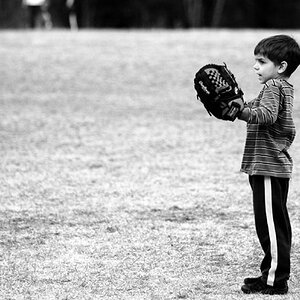
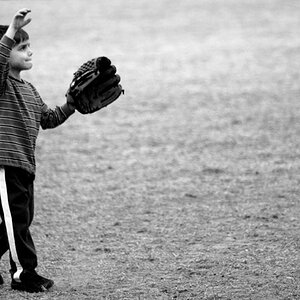
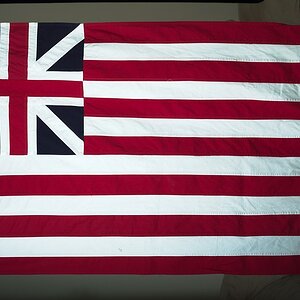

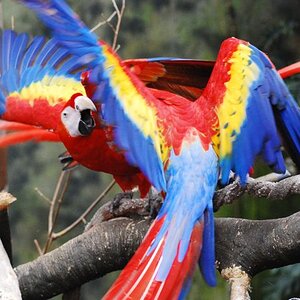
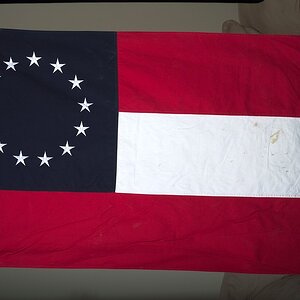

![[No title]](/data/xfmg/thumbnail/42/42040-7a66cabbeffd44783ea44a91ef4d0e70.jpg?1619739987)
![[No title]](/data/xfmg/thumbnail/34/34344-0b42e0e92ad436e6710a1b9c4585d6df.jpg?1619736379)
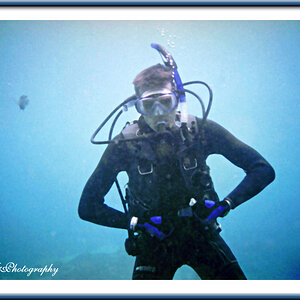
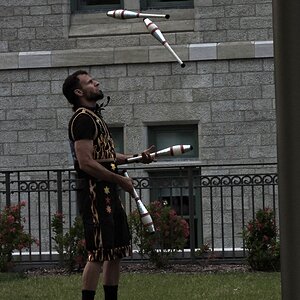
![[No title]](/data/xfmg/thumbnail/34/34346-f7996f51f0624620cfd54a488abeacf9.jpg?1619736382)